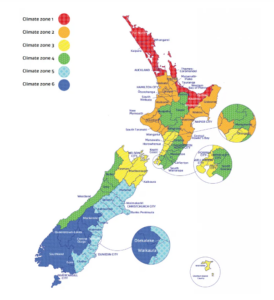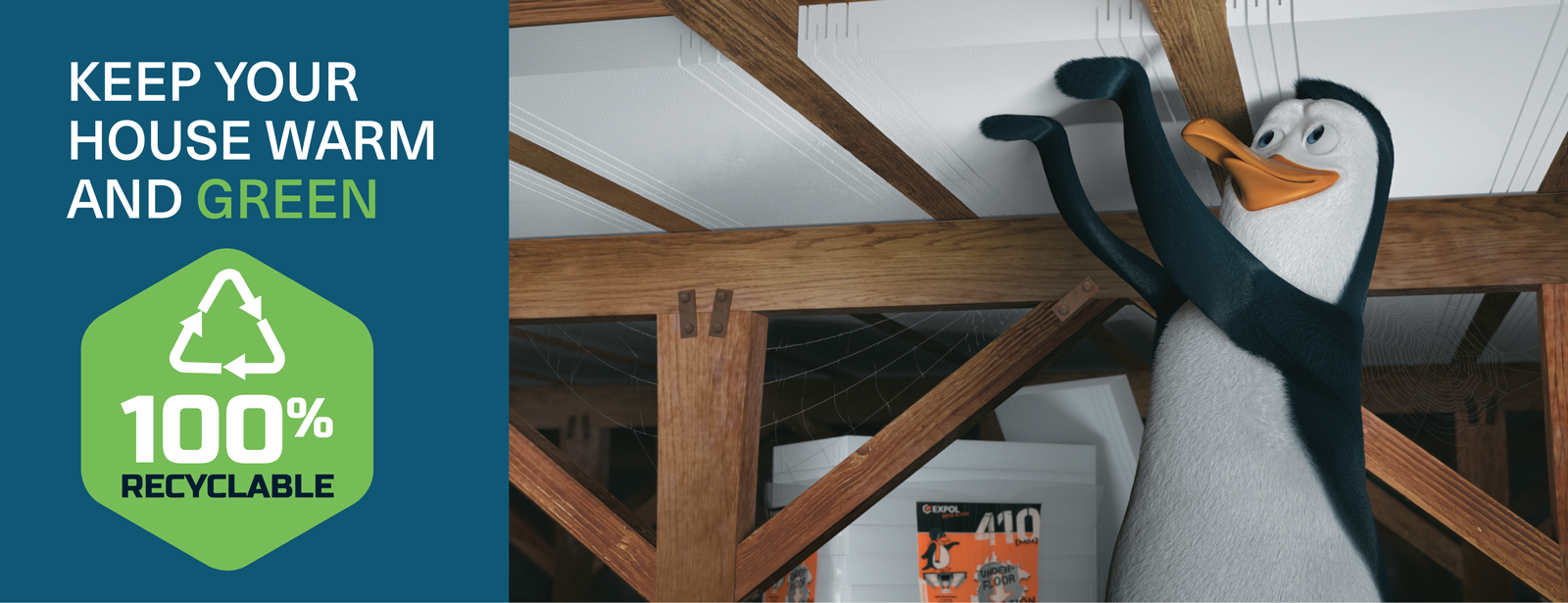Kiwi company waging war on polystyrene waste: “right thing to do” When it comes to…

Navigating New Building Code Standards: Understanding Insulation Requirements for Your Home
Building or renovating a home is an exciting and significant life event! However, the time spent understanding and meeting the various codes and regulations can become both expensive and frustrating. Following recent changes to the building code for underfloor insulation, many builders, architects and homeowners are working hard to understand what it means for their project.
Let’s delve into what these changes mean for your home and how you can meet and exceed these standards.
Understanding Climate Zones and R-Values
The latest changes to the H1 code for insulation aim to improve the health of Kiwi homes by creating warmer, drier and more energy efficient buildings. The code has changed in two significant ways. Firstly, the country is now divided into 6 climate zones, and secondly, the R-values (a measure of insulation performance) have increased.
Let’s look at these more closely.
New Zealand’s climate is diverse, ranging from mild coastal regions to colder inland areas. To address this diversity, the Building Code divides the country into 6 climate zones, each with specific insulation requirements. Zones one to three encompass warmer regions, while zones four to six cover colder climates. The level of insulation for your build will be affected by which of the zones you live in. The colder the climate, the greater the R-value required for your insulation.

What is an R-Value?
An R-value is the measure of thermal resistance. That is, it measures how well a material stops heat passing through it. The higher the R-value, the better the material stops the flow of heat. Therefore, a higher R-value represents better insulation performance. The Building Code sets minimum R-values for different construction elements based on climate zones.
There are two types of R-values and they can be classified as referring to single products or whole systems. The product R-value focuses on the insulation properties of a single material, while the construction R-value considers the cumulative performance of all the materials and layers used together, such as the layers of insulation in a floor or ceiling.
EXPOL appreciates the challenges in calculating these values and provides a range of technical information to help homeowners and construction professionals determine the R-values. You can find tables and calculators to help determine which product will meet your needs here, or contact our helpful technical team for more advice: tech@expol.co.nz.
Product Innovation and Adaptation
EXPOL understands the challenges posed by evolving Building Code standards, particularly regarding increased insulation requirements. With a focus on product innovation and adaptation, EXPOL’s new generation insulation range addresses these challenges head-on.
When considering insulation upgrades, the relationship between R-value and thickness is paramount. Typically, as the R-value increases, so does the thickness of the insulation material. This poses challenges in confined spaces such as wall spaces or under floors. EXPOL addresses this through their new generation range which optimises density and thermal conductivity while minimising changes in thickness. This ensures effective insulation without compromising space constraints, providing architects and installers with innovative solutions for a variety of applications.
Navigating Changes in Building Code Standards
The Building Code has raised insulation requirements across all climate zones. This means homeowners and builders must ensure that their insulation choices meet or exceed these new standards to achieve code compliance.
In response to these changes, EXPOL has developed a new generation of high-performance solutions for underfloor insulation. These products are engineered to provide optimal thermal efficiency while meeting the updated Building Code requirements. EXPOL’s commitment to innovation ensures that homeowners can trust their products to deliver superior insulation performance, regardless of climate conditions.
For example, EXPOL R2.5 is tailored for climate zones one to three, meeting or exceeding the required product R-value for underfloor insulation, while EXPOL R3.1 surpasses standards for zones four to six. EXPOL R3.1 is infused with graphite providing its distinct black colouring. The addition of graphite makes it up to 24% more efficient than other polystyrene panels and increases the R-value without needing to significantly increase the thickness.
With EXPOL’s commitment to performance, innovation and environmental sustainability, homeowners can trust EXPOL insulation to meet the latest New Zealand building codes, provide exceptional performance over time and minimise environmental impact.



